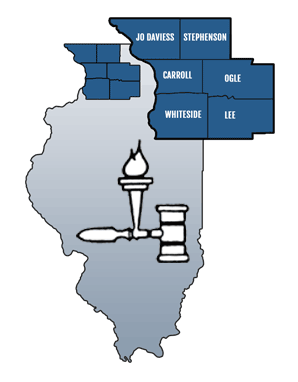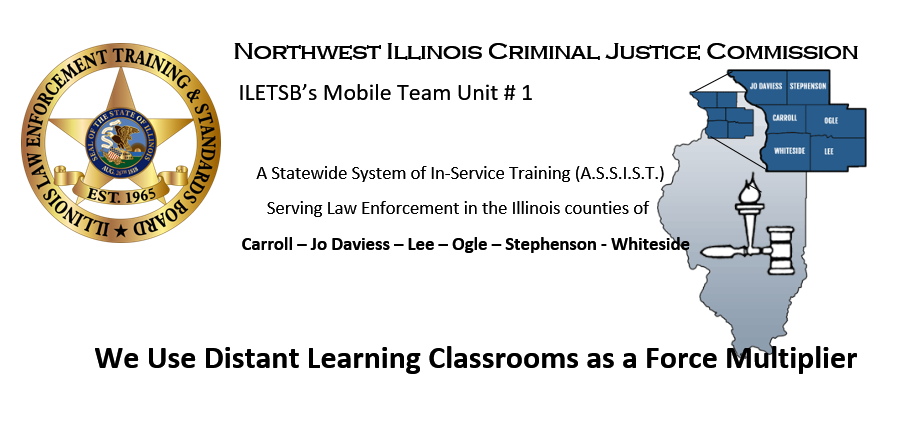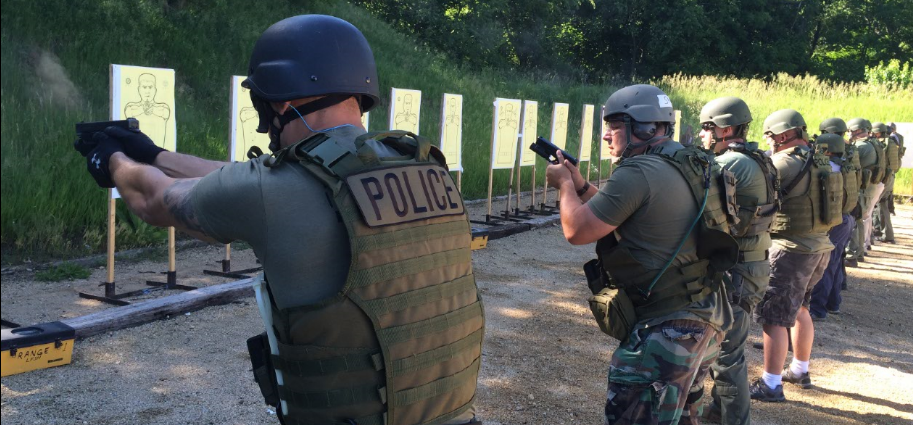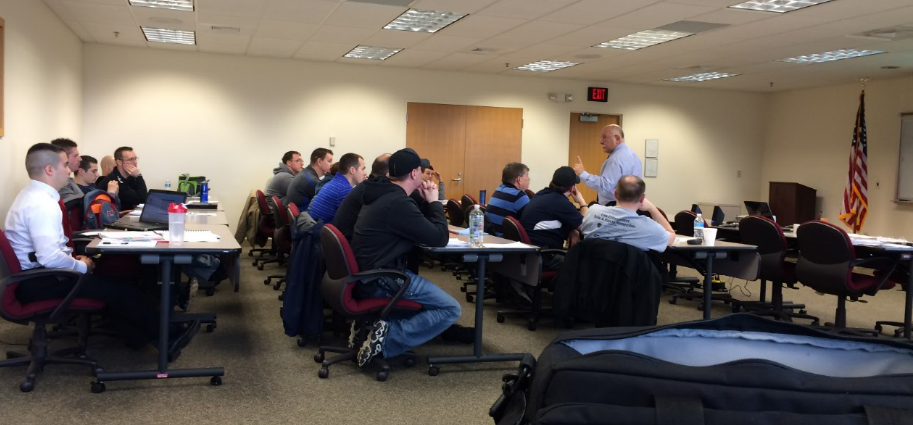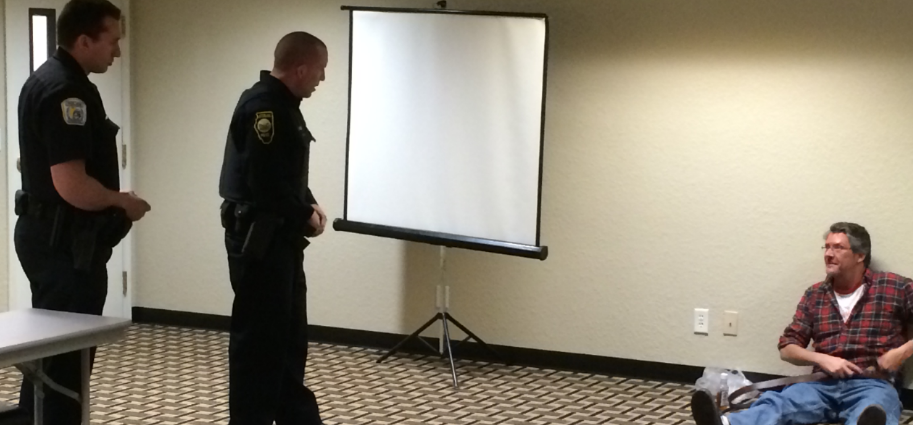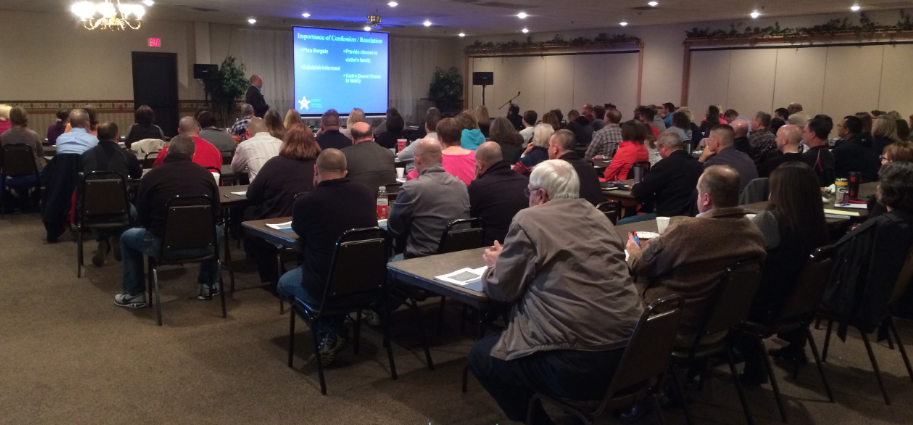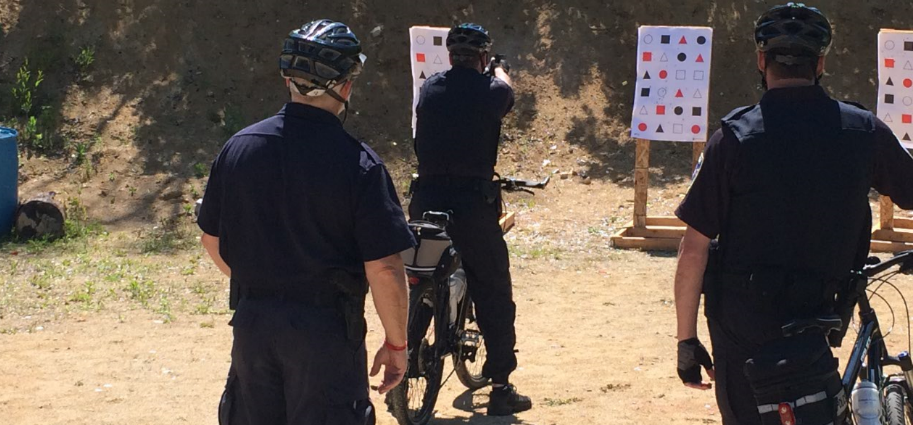20 hr. Homicide & Questioned Death Scene Determination & Reconstruction-Normal
Registration Deadline: Tuesday, October 3, 2017
Time: 8:00 AM - 4:30 PM
Heartland Community College
Normal, IL
Members' Fee: $0
Sworn Non-Members' Fee: $0
Non-Members' Fee: $0
DOWNLOAD FILE
This training is offered in cooperation with MTU8- Only five seats reserved
This intensive training module is for anyone who will be responding to death scenes; including patrol officers, detectives, supervisors, medical examiner investigators, and lab personnel. This class will provide the information, knowledge and skills necessary to investigate and interpret homicide and questioned death scenes. Through the use of lecture, case history and photo and video demonstrations, attendees will be provided the basic skills of homicide and questioned death scene investigations; to include bloodstain pattern recognition, ballistics and trajectory as evidence, scenes involving self-inflicted deaths, scenes involving child deaths, scenes involving domestic violence related homicides, key objectives for presenting cases in court, and some of the technology available for obtaining and displaying information.
This course is different from a basic crime scene investigation course, in that instruction will highlight the specific evidence that should be observed and documented in each particular death scene. Emphasis will be placed on specific observations to be made and documented, as well as specific evidence needed by the medical examiner and the lead homicide detective for inclusion in the case files. Instruction will include the proper collection of data and appropriate measurements for proper case documentation and subsequent event reconstruction. Techniques for preparing for court testimony will also be covered.
Every Crime Scene Tells a Story: Each death scene presents itself differently, and to that end, it is important to identify the issue in each case. Is this scene a homicide, suicide, accident, or natural death? If the scene is determined to be a homicide investigation, does the evidence tell the story of a cold blooded, premeditated murder, or a killing as a result of a momentary loss of control during a heated argument? The homicide and death scene investigator should have the ability to recognize evidence or information to determine the manner of death and to support findings regarding culpability. Case slides will be used to demonstrate examples of scene evidence that may be important in demonstrating culpable mental states and manner of death.
Evidence vs Information: Crime scene investigators examine crime scenes in search of evidence, which has taken on a context of being affiliated with something that is scientific in nature, such as fingerprints, bullets, bloodstains, or other biological material. Recognizing and properly collecting scientific evidence is obviously important in any death investigation. Information however, can come in many forms and is not necessarily limited to scientific evidence. The available avenues in which to uncover evidence, as well as information important to the investigation will be discussed in detail.
Self-Inflicted Deaths: This section addresses scenes involving suicide, asphyxia, and accidental deaths. Emphasis will be placed on key scene evidence typically found at scenes of self-inflicted deaths, which support investigative findings. Detailed examples of evidence that should be noted and documented at scenes involving self-inflicted deaths will be presented
Investigating Defined Murders: Investigating defined murders such as domestic violence murders or child murders can present unique circumstances, and should be understood and addressed. Murders occurring within the home are often the result of prolonged issues and go undetected by friends, neighbors, and extended family members. “Traditional” scientific evidence such as DNA or fingerprint evidence are often times less probative in murders occurring within the home, since there is a legitimate reason to find that type of evidence relating to both victims and perpetrators in the residence that they both lawfully occupy. The crime scene investigator should be aware of other avenues in which to find information regarding the events leading up to the death. Techniques and suggestions will be presented detailing methods in which to recover evidence that is specific and probative to these types of murder investigations.
Investigations involving multiple deaths can also present unique circumstances. Cases involving mass murders and serial killers will be referenced to explain the unique challenges that occur during such cases. Among the issues presented will be sustained presence at the scene, handling mass amounts of physical evidence, utilizing specialized resources and personnel, using advanced equipment, and dealing with the media.
Blood As Evidence: Blood found at crimes scenes or on victims, suspects, or witnesses (clothing or person) should be considered significant evidence and should be treated as such when documenting, collecting and preserving. Before blood evidence can be properly analyzed, it needs to be properly documented. The field investigator should also be able to identify different types of blood stains and understand how each stain lends information surrounding the bloodletting event. This section of the training will describe different types of bloodstains frequently encountered at bloodletting crime scenes.
Ballistic Evidence-Shooting Reconstruction Ballistic evidence may provide valuable scene reconstruction information. A general overview of shooting incident reconstruction will be presented. Several components of shooting reconstruction including shell casing locations, projectile trajectories, gunshot residue, particle spread patterns, and bullet wound classifications will all be presented.
REGISTRATION:
All registrations are received on the MTU#1 website. If you register for this class via PATC or MTU8, MTU1 will not be able to cover your tuition. Find Registration instructions here
THIS IS NOT A PUBLIC MEETING
The PATC Instructor- Thomas L Martin, Jr
New York State Police (Retired)
Tom Martin is a career crime scene investigator, retiring from the New York State Police after 22 years of service. As the senior investigator in charge of the forensic crime scene unit, Tom holds several certifications, and regularly provides expert forensic testimony in various state and federal courts.
Tom’s training and experience encompass several fields of expertise, including: forensic crime scene processing, latent print processing and identification, blood stain pattern analysis, forensic composite art, excavation of human remains, forensic entomology collection, digital imaging technology and photo enhancement.
He has served as a consultant for National Institute of Justice, and is currently a member of the National Institute of Justice’s Technical Working Groups for Sensor and Surveillance and General Forensics Technology.
Tom is a nationally recognized speaker who has instructed at numerous forensic training seminars across the United States, including the American Academy of Forensic Sciences, The National Institute of Justice Annual Conferences and Technology Fairs, and the Smithsonian Institute.
Tom is a faculty member of the National College of District Attorneys and a former instructor for the International Association of Chiefs of Police, (IACP). He has lectured, on several occasions in Washington, D.C., providing presentations to executive officials of the National Institute of Justice and members of the United States Congress.
In addition to appearing on Court TV as an expert guest analyst, Tom has appeared on several forensic related television shows, including: the HBO series “Autopsy”, the Court TV series “Trace Evidence” “Forensic Files”, “On the Case with Paula Zahn”, and has filmed several episodes for the Discovery Channel and A&E. He is the author of the Crime Scene Forensics: A Field Guide for the First Responder pocket guide series published by Looseleaf Law.


